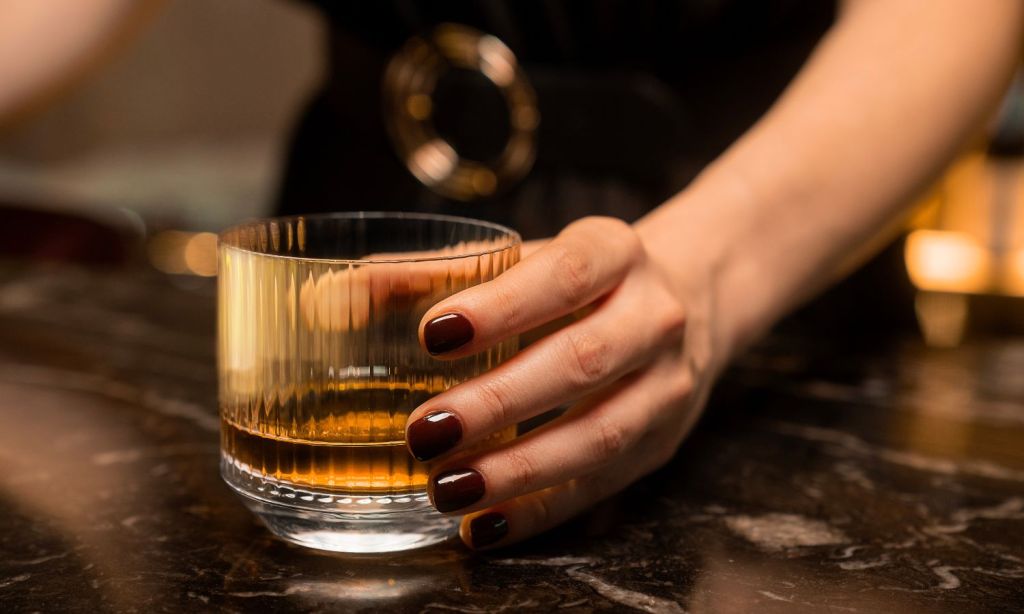Whiskey, an age-old spirit steeped in tradition and history, has always been linked to masculinity. The imagery of a lone cowboy sipping whiskey after a day on the range or a refined gentleman enjoying a dram in a dimly lit study has contributed to the perception that whiskey is a beverage reserved for men.
It’s ironic, considering one of the earliest recorded sour mash whisky recipes was crafted by a woman in Kentucky in the early 1800s. Distilling was considered “women’s work,” up until the Industrial Revolution, when it transitioned it into a male-dominated industry.
Yet, in recent times, the whiskey industry has begun challenging these stereotypes, recognising that women have always appreciated whiskey but may have felt excluded in a male-dominated whiskey culture. Distilleries and brands are making conscious efforts to break down gender barriers.
Brendan Coyle, Master Distiller at High West, acknowledges the industry’s past misjudgments regarding the female palate. “I think that there are incorrect assumptions out there as to what the greater industry has been targeting for the female palate,” he says. “I think it’s been pretty wrong, and the industry is waking up to it now.”

Taste Knows No Gender
One of the most significant factors driving the shift towards genderless marketing is the realisation that taste knows no gender. Whiskey, with its wide range of flavours and styles, appeals to a diverse audience. The industry is acknowledging that women, just like men, appreciate the rich, nuanced profiles that different whiskies offer.
According to Tanya Mah, Head of Marketing at Amber Beverages, a good marketer should target both male and female whiskey drinkers based on their attitudes and buying behaviour.
“Categories and brands may skew male, female — or in some instances non-binary — but the overarching principles of segmentation, targeting, and positioning should still drive the marketing strategy,” she says.
As more women explore the whiskey world, they demand recognition as a significant and valued consumer base. Contrary to the misconception that whiskey has altered its flavour profile to cater to women’s preferences, Coyle suggests that it’s more about consumers branching out of their comfort zones.
“Consumers are as smart as they’ve ever been,” he notes. “They’re more open nowadays to seek out information, which is so easy to get. It’s at your fingertips with social media, with all the access to information we have now.”
Mah dispels the notion that the whiskey highball’s popularity has led to a change in flavour preferences among women. “It’s a refreshing built drink that has taken off, but with both male and female drinkers,” she says, highlighting that female drinkers appreciate everything from a peaty Scotch to a smooth bourbon or a spicy rye.

The Rise of Women in Whiskey
Moving beyond marketing, women are making significant strides within the whiskey industry itself. Female master distillers, blenders and brand ambassadors are gaining prominence, challenging the conventional belief that whiskey is exclusively a man’s domain.
Tom Jones, Global Ultra Premium Spirits Ambassador, points to examples like Kentucky Owl’s Master Blender Maureen Robinson and Elit Vodka’s Master Ginta Muižniece as women leading the industry.
Despite women having worked in distilling since the 1800s, it wasn’t until 2015 that the first female master distiller was appointed. That title belonged to Marianne Eaves, who was offered the role of Master Distiller at Castle & Key Distillery in Frankfort, Kentucky.
Today, there are hundreds of female master distillers around the world, sharing their expertise and passion for the craft, inspiring a new generation of whiskey enthusiasts, regardless of gender.
As the industry continues to dismantle stereotypes and challenge traditional norms, it paves the way for growth and innovation. Whiskey is no longer confined by outdated gender roles — instead, it is celebrated as a diverse and inclusive beverage that unites people, regardless of their identity.
As more women find their whiskey preferences and contribute to the industry’s landscape, the future of this time-honoured tradition looks brighter and more inclusive than ever before.
Related: The Next Big Drink Trend Comes In Teeny Tiny Martini Glasses
Related: Absinthe Was Prohibited For Giving People Hallucinations, Now It’s a Requested Cocktail
Read more stories from The Latch and subscribe to our newsletter.







